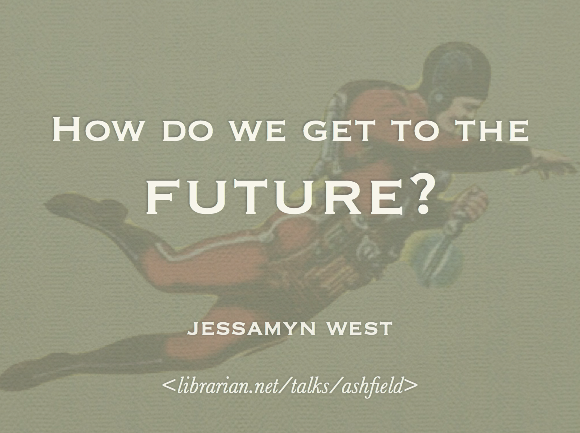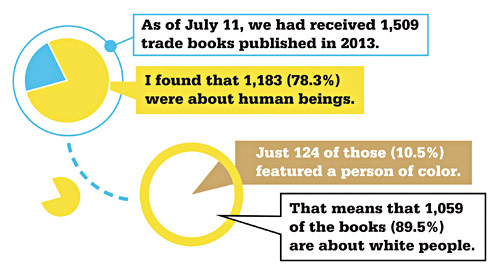I have longtime family friends who live in Ashfield a town in central-west Massachusetts and that is about half the size of the town that I live in. Their library, the Belding Library, is celebrating its centennial with events all summer long and they invited me to talk about the future and .. where it is?
William Gibson’s notable phrase that I repeat often is “The future is here, it’s just not evenly distributed” which I’ve taken as reflective of the digital divide issues generally. I have neighbors struggling with dial-up. Singapore has 100MB broadband available for $39/month. These differences matter but and wind up, over very short time periods, enhancing divides that may have started out smaller. And for technology’s end users, sometimes it can be confusing why this isn’t all better or easier by now since in many other cases we really are living in the future that we had envisioned when we were younger. So I talked a bit about that, and why we’re not there yet, and ways to make technology attractive to people so that they can possibly dip their toes into a fun project before they get stuck being forced to use it for an unfun project like taxes or health care or filing for unemployment.
You can read my notes and slides here and you might also enjoy this story of how the Belding Library (somewhat controversially) financed their library addition in part by the discovery and sale of an original Emancipation Proclamation copy that they found in their basement.

